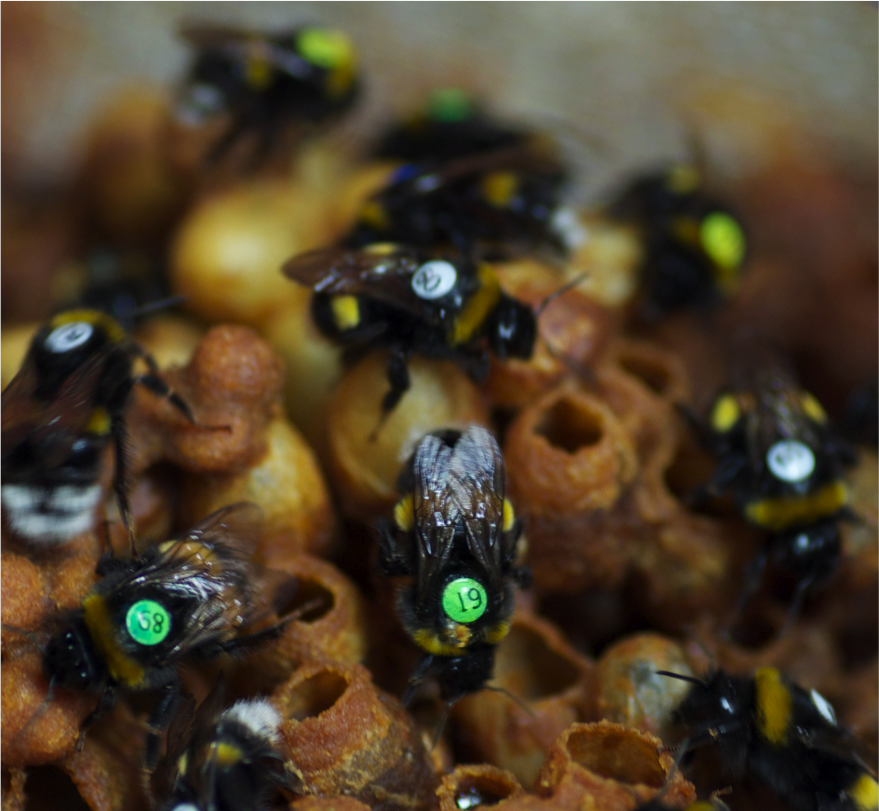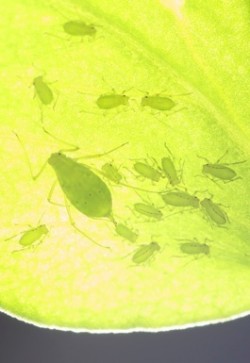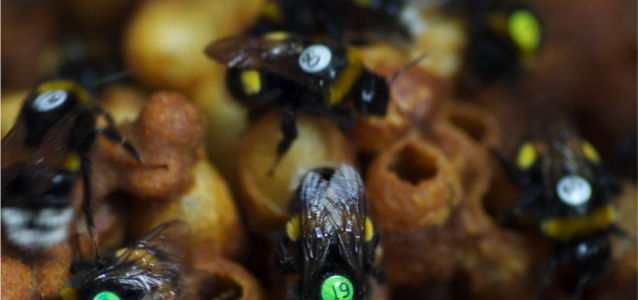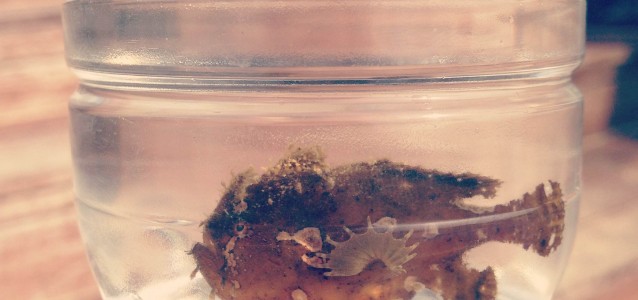I was recently lucky enough to attend a workshop on the promises and challenges of big data held at the Okinawa Institute of Science and Technology (OIST). I have a personal affinity to Japan after living there for a short time, and had previously visited Okinawa briefly, so I was thrilled to have a chance to return and stock up on Okinawa soba and awamori while learning about the trials and tribulations of dealing with big data. The material was a mix between lectures, covering the visiting speakers’ research and how they interact with big data (from ecology, evolutionary theory, climate change, genomics, and molecular biology), tutorials, and finally group projects.
While there were some hiccups, there were problems with the server and some last minute speaker cancellations, the course was a success. The organisers, speakers, and other participants were fantastic. The topic is, however, as unruly as the data we’re trying to manage, and the organisers did an admirable job given that this was the freshman attempt. I can see the course developing into an even more valuable exercise as both data gets bigger and as the the course works itself through the freshman kinks. The individual projects were a great deal of fun, and the quality of the results produced in such a short time was fantastic.
Beyond spending a huge amount of time in front of speakers, computers, and the beer vending machine, there was also an opportunity to see some natural light, go snorkelling, sample the local awamori (some of which contained a little extra flavor courtesy of the habu pit viper pickled within the bottle) and visit a couple of the local attractions including the aquarium, castle ruins, and some local craftsfolk. As my old friend Koji lives in Okinawa I also had a chance to wander off briefly to catch up and visit a ceramics cooperative where I met the local sensei, and was able to buy a few small, extremely fine, pieces of his work. I would have loved to come away with more, but both funds and a small carry-on suitcases were limiting.

Just north of the OIST was a spectacular cliff with more than a passing resemblance to an elephant.
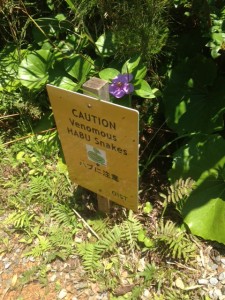
According to the informational material. Most of the island’s non-human inhabitants were put there solely to kill us. Sadly, we didn’t see a single, non-pickled, habu.
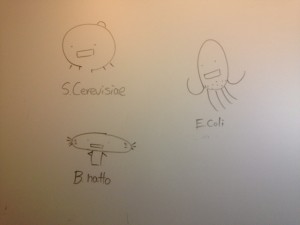
Manga bacteria: sciencey!
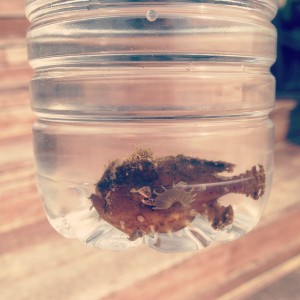
Kaito found a frogfish (and a baby pufferfish) and somehow managed to very gently convince it to swim into his water bottle for better viewing. The bottle had sea water in it and the fish was safely returned to the ocean after we all ‘oohed’, ‘aahed’, and ‘kawaiied’ sufficiently. <<< photo from Kaito Kikuchi >>>
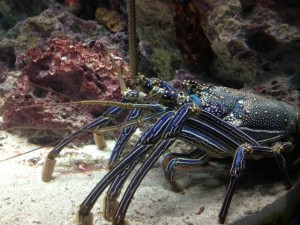
Bright blue and delicious looking at the Churaumi aquarium. There was also an amazing dolphin show, but I find those a little weird. Something about watching animals do tricks leaves me impressed and sad at the same time. The manatees, however, looked like they were in heaven quietly munching on veggies in the next display over.

Some of the ceramics that I couldn’t afford or carry. The sensei’s work was incredibly varied, from quite coarse, raw clays and burnt looking glazes, to extremely fine sake cups with delicate celadon glazes.

Even the roadworks were cute! Here the barrier are reflective interpretations of Shisa, protective dog/lions that decorate Okinawan buildings.

OISTers at the castle ruins.

